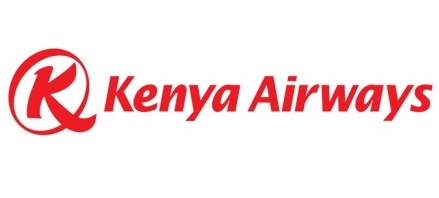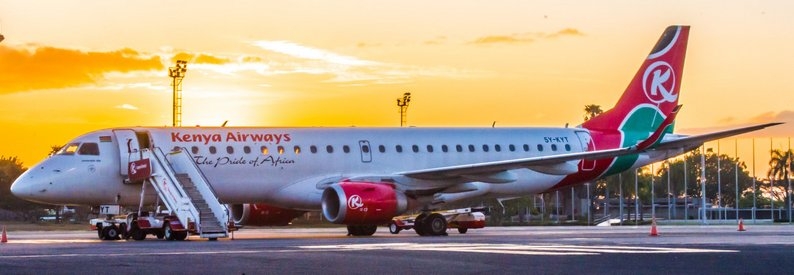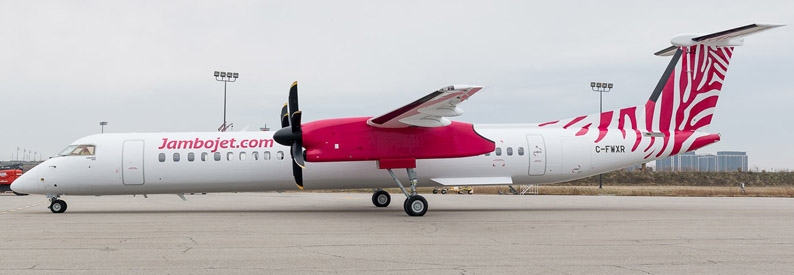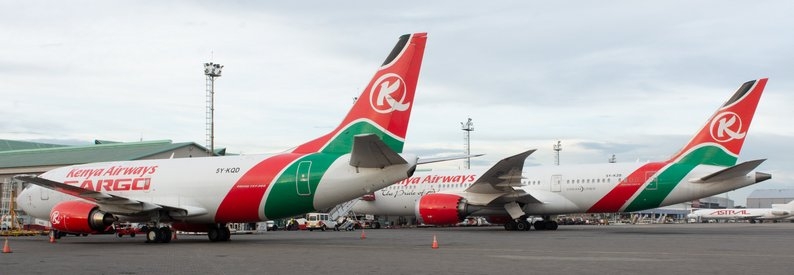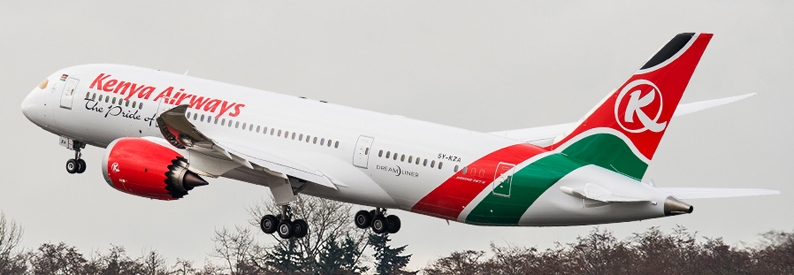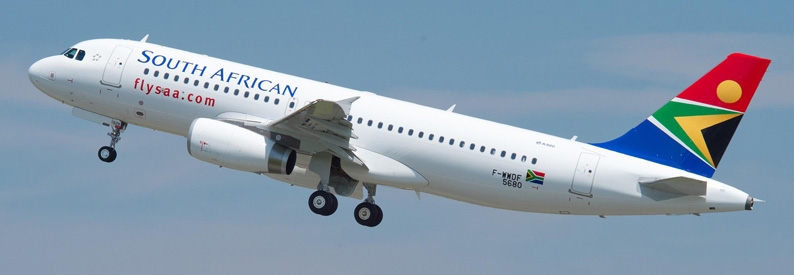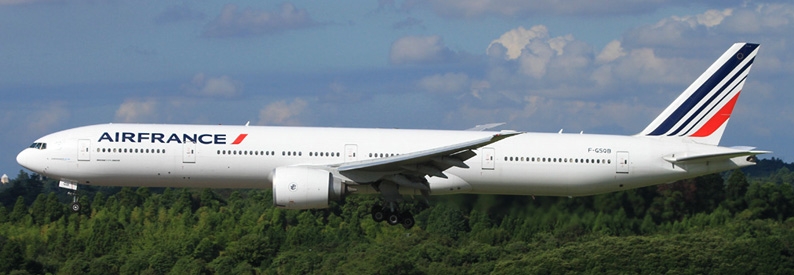Kenya Airways (KQ, Nairobi Jomo Kenyatta) borrowed an additional KES11.3 billion shillings (about USD95 million) in the half-year ending June 30, 2022, according to its latest financial results.
This follows the Kenyan government's approval of another KES20 billion (USD173 million) state loan to the flag carrier for 2022/23 earlier this year, which followed financial assistance of KES11 billion (USD95.2 million) in 2020 and KES14 billion (USD121.1 million) in 2021. The airline is in line for additional support worth KES36 billion (USD300.125 million) in the current fiscal year, which began on July 1, 2022, according to Business Daily.
Chief Executive Officer Allan Kilavuka has stressed that these aren't state bailouts but loans that have to be repaid.
According to its half-year 2022 results, Kenya Airways' received borrowings nearly tripled from KES4 billion (USD33.3 million) ending June 30, 2021.
Current liabilities, which include debts that are payable within one year, rose by about KES20 billion (USD166 million) in the period to KES101.5 billion (USD845.6 million) from KES80.9 billion (USD674.2 million) in 2021. The airline's total liabilities stood at KES262.2 billion (USD2.1 billion) on June 30, 2022, versus KES238.8 billion (USD1.9 billion) at the same time last year.
Meanwhile, The Nation reports Kilavuka told an investor briefing that aircraft lessors have demanded that Kenya Airways first clears all arrears it owes them before they will consider permanent discounts on leasing costs. In line with guidelines set by the International Monetary Fund (IMF) and National Treasury for restructuring Kenya Airways, the airline has been engaging with lessors for months to reduce leasing charges by 35%. After what he termed "extremely difficult" negotiations, Kilavuka disclosed that lessors agreed to a 19% reduction, albeit with conditions. Aircraft lease payments for the year ending June 30, 2022, cost Kenya Airways KES4.9 billion (USD41.3 million) versus KES5.7 billion (USD47.8 million) in the same period in 2021, the half-year results reveal.
"We do have lessors that we owe a lot of money in terms of arrears, and we had made negotiations earlier on to defer some of the payments. We wanted to have discounts on arrears and then permanent reductions in rental going forward. We were targeting a 35% reduction in costs going forward, but the negotiations were extremely difficult and low. What we have been able to achieve so far is a 19% reduction in rental costs overall going forward. That comes with a condition that we pay the arrears we owe the lessors," Kilavuka told the investor briefing. "Obviously, at the moment, we don't have money, and so we will be waiting for disbursements from National Treasury so that we can make those conditional payments," he added.
"These costs are the most difficult to renegotiate, and we now believe we have been able to conclude the discussions, and we believe we will be able to take out about 19% of the cost permanently going forward, effective next year," he said.
"We've explained to the National Treasury the reasons why we were not able to achieve the 35% cost cuts with lessors. We targeted to reduce the costs by 35% because when we looked at the market in 2020 following Covid-19, the market prices of leases had dropped significantly.
"Unfortunately, over the last few months, the market is picking up again because of the return of traffic. They are very difficult negotiations; it has taken us way over three months to negotiate this, with concessions given here and there," he concluded.
According to the ch-aviation Commercial Aviation Aircraft Data module, the fleet currently comprises 34 aircraft, of which 17 are leased from Aviation Capital Group, Macquarie AirFinance, Goshawk, AerCap, Deucalion Aviation, and BOC Aviation, respectively.
The fleet includes:
- two B737-300(SF)s;
- eight B737-800s;
- nine B787-8s – two converted into “preighters”;
- fifteen E190s – two to be cut from the fleet this year.
- Type
- Base
- Aircraft
- Destinations
- Routes
- Daily Flights
